Table of Contents |
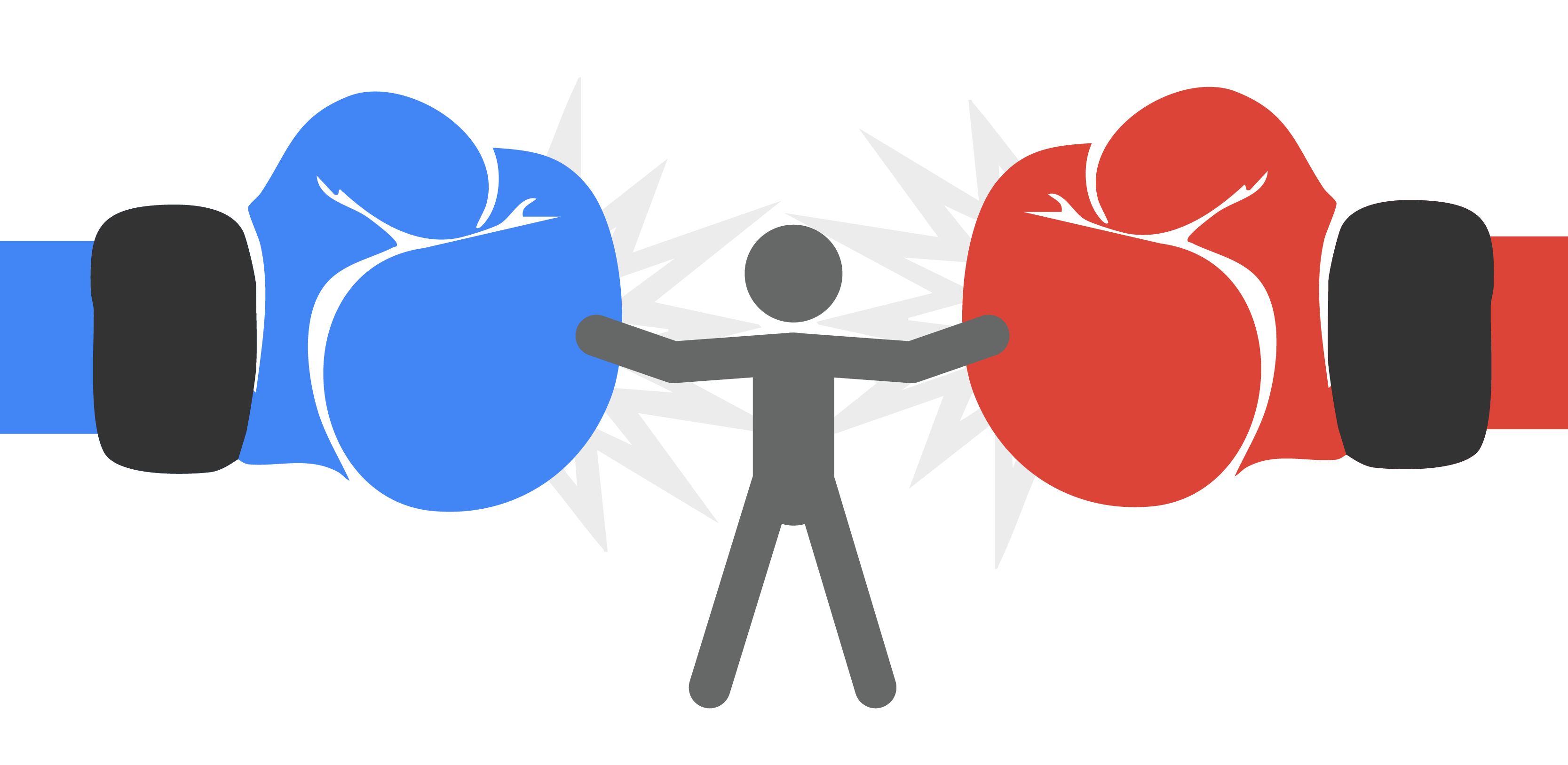
In this lesson, you’ll explore the causes of conflict in sporting events, focusing on the various factors that contribute to disputes and altercations in competitive environments. High-stakes pressure often places athletes in intense situations where their emotions run high, and minor frustrations can quickly escalate into full-blown conflicts. The pressure to perform, particularly in major tournaments or championship games, can be overwhelming and lead to tension among players, coaches, and even officials.
Another significant source of conflict comes from rule violations and fouls. When one player feels an opponent has broken the rules or engaged in unfair play, disputes often arise. These situations can lead to heated reactions, both on and off the field. Similarly, ego and competitiveness drive many athletes to push themselves and others to the limit, which can result in confrontations over leadership, strategy, or aggressive behavior.
We’ll also look at the role of crowd and media influence, as the pressure from a vocal audience or critical media coverage can intensify conflicts. Fan behavior and media expectations often exacerbate tensions, leading to emotional outbursts and sometimes even altercations. Understanding these causes will provide insight into how and why conflicts arise in sporting events, helping you analyze real-life examples and explore strategies for preventing and resolving disputes in sports.
In the competitive world of sports, conflicts are inevitable. These conflicts can arise from various situations, whether between individual players, within teams, or involving officials. Understanding the different types of conflict that occur in sports and how they manifest is crucial for preventing escalation and maintaining sportsmanship. Below, we outline the key types of conflicts in sports and real-world examples to illustrate how these conflicts impact the individuals and teams involved.
Interpersonal conflicts occur between individual players, coaches, or officials, often fueled by disagreements, frustration, or high emotions during competition. These conflicts can escalate from verbal disputes to physical altercations or even unsportsmanlike conduct.
EXAMPLE
A famous interpersonal conflict was the fight between NBA players Ron Artest (Metta World Peace) and Ben Wallace during the 2004 “Malice at the Palace” brawl. This altercation, which started between two players, quickly escalated into a full-scale brawl involving fans, highlighting how interpersonal conflicts can spiral out of control and cause widespread disruption. Another conflict occurred between tennis player Serena Williams and chair umpire Carlos Ramos at the 2018 U.S. Open, where disagreements over officiating led to a heated argument that became the focal point of the match.Team conflicts are internal disputes that arise within a team, typically around issues such as disagreements over strategy, dissatisfaction with leadership, or competition for playing time. Such conflicts can disrupt team chemistry and negatively affect performance.
EXAMPLE
A well-known team conflict involved the 1990s Chicago Bulls, where tension between Michael Jordan and general manager Jerry Krause created ongoing friction within the team. Despite the Bulls’ success, personal conflicts between Jordan and Krause were a recurring theme, impacting team morale. Similarly, conflicts between players and coaches, such as the disputes between Brazilian soccer player Neymar and his former coaches at Paris Saint-Germain, show how team conflict can arise from differences in leadership styles or player expectations.Intragroup conflicts occur within a team when teammates clash over goals, roles, or communication issues. These can be seen in situations where star players demand more attention or when there’s disagreement about how a game plan should be executed. Intergroup conflicts, on the other hand, take place between opposing teams and often arise from competitive rivalry, tension during a match, or foul play.
EXAMPLE
An intragroup conflict occurred between NFL players Antonio Brown and Ben Roethlisberger during their time together on the Pittsburgh Steelers. Internal disagreements about leadership and strategy strained their relationship and impacted team dynamics. An intergroup conflict can be found in the fierce rivalry between the Boston Red Sox and the New York Yankees, where team clashes have historically resulted in bench-clearing brawls, most notably in 2003 when Red Sox pitcher Pedro Martinez and Yankees coach Don Zimmer became involved in an on-field altercation.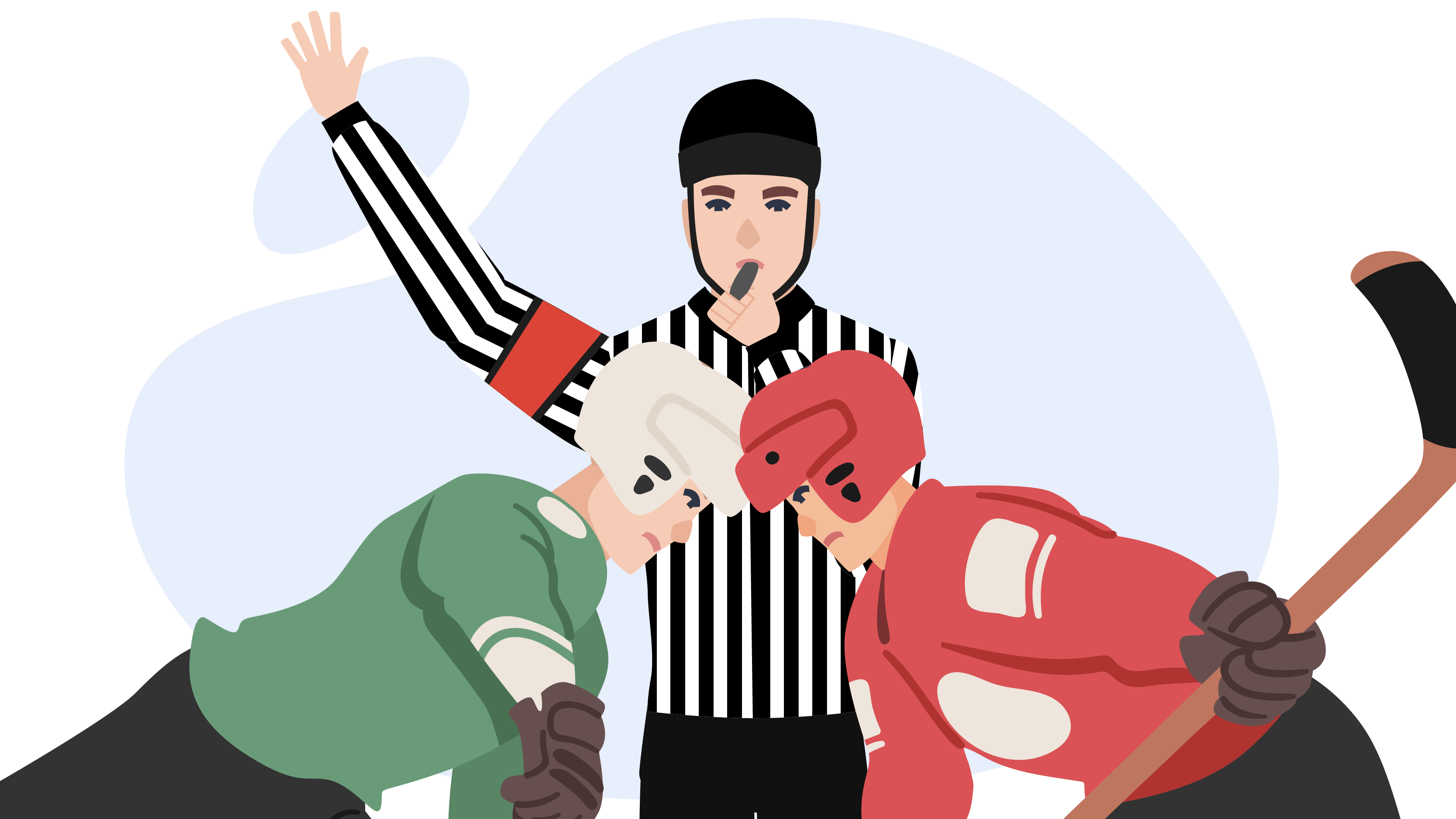
Conflicts between players and officials occur when players disagree with decisions made by referees or officials, which can result in verbal disputes, technical fouls, or ejections. Such conflicts often arise from perceived injustices, incorrect calls, or inconsistency in officiating.
EXAMPLE
A notable conflict was Diego Maradona’s infamous “Hand of God” goal during the 1986 FIFA World Cup, which arose between the Argentine player and the officials after a controversial goal was allowed, even though Maradona used his hand to score. Similarly, in the 2016 NBA Finals, Draymond Green of the Golden State Warriors had multiple run-ins with officials, resulting in technical fouls that affected his team’s performance and sparked heated debates about officiating decisions.These different types of conflicts highlight how complex and multifaceted conflicts in sports can be. Whether rooted in interpersonal disputes, team dynamics, or disagreements with officials, each type of conflict can impact the game and those involved, affecting performance, relationships, and sometimes even the broader reputation of the sport.
What may begin as minor disputes can quickly spiral into more serious confrontations. One common way conflicts escalate in sports is when verbal disputes escalate into physical confrontations. A heated argument on the field can easily turn into a physical altercation if emotions are left unchecked. This has been seen in numerous instances where trash-talking or disputes over gameplay have led to physical brawls as emotions boil over, like in the example of the infamous “Malice at the Palace” incident in 2004. A minor altercation between players escalated into a full-blown fight that involved fans, showing how quickly things can spiral out of control.
Retaliation is another key factor in conflict escalation. In competitive environments, players often react to fouls or perceived injustices by retaliating, which further exacerbates the situation. A player who feels wronged by an unfair tackle or a rough play might respond with an equally aggressive move, leading to a cycle of back-and-forth that increases tension on the field. This kind of tit-for-tat behavior often results in larger confrontations, penalties, or even ejections from the game.
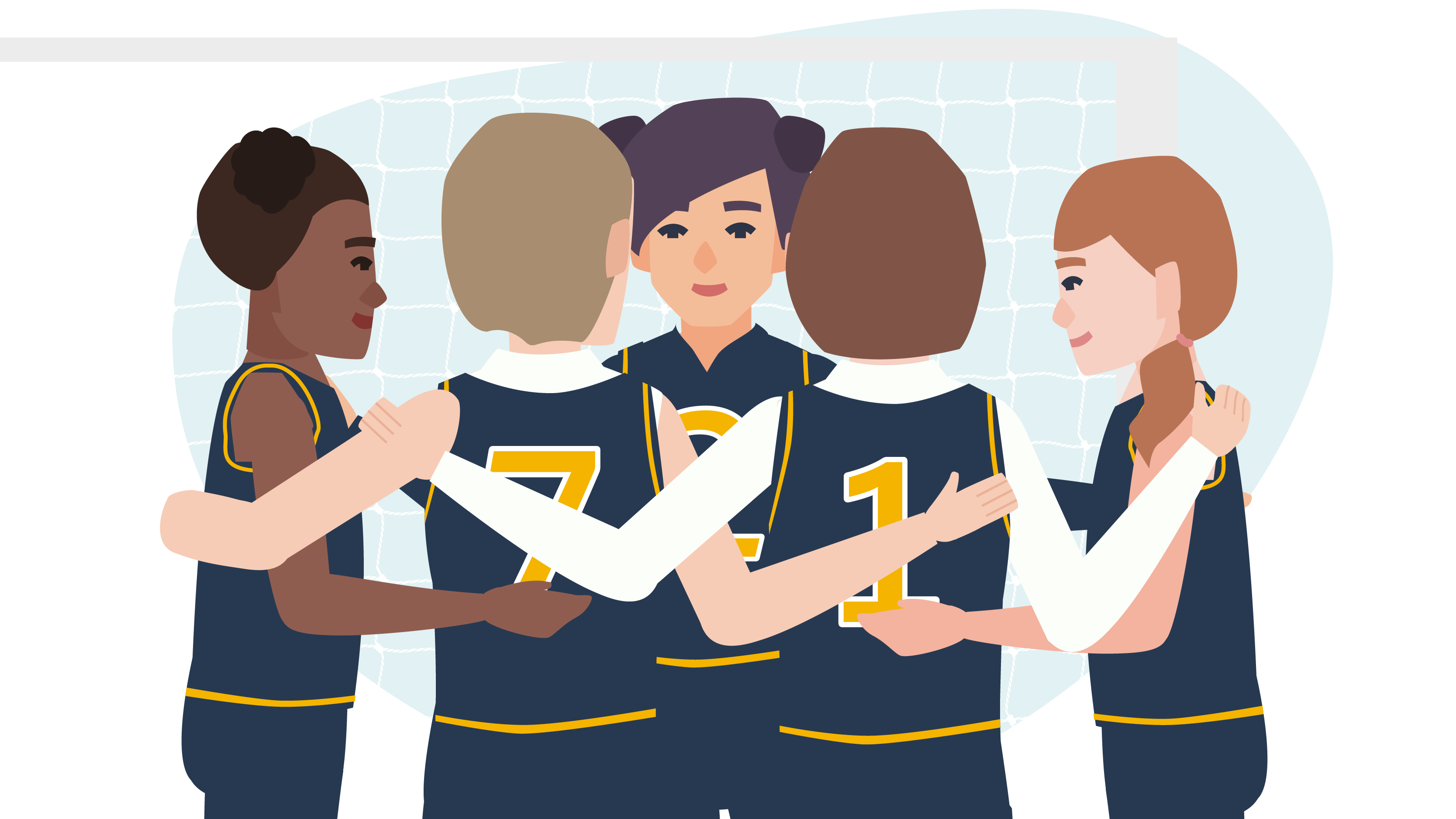
The role of team leaders and coaches is also pivotal in either de-escalating or unintentionally escalating conflicts. Coaches and captains have significant influence over their teams’ reactions to disputes. A coach who steps in calmly can prevent a minor conflict from growing, while one who inflames the situation with aggressive tactics or verbal criticism may escalate tensions.
EXAMPLE
Coaches who encourage aggressive responses to physical play may inadvertently push their players toward more intense and heated conflicts, while a captain who encourages restraint and focus can help defuse a situation before it spirals out of control.Understanding the dynamics of conflict escalation in sports highlights the importance of timely intervention and effective leadership in maintaining sportsmanship and keeping disputes from becoming disruptive or dangerous.
The impact of conflict on performance can be significant, both on individual athletes and team dynamics. At the individual level, conflict can disrupt an athlete’s mental focus, leading to decreased performance. When athletes are preoccupied with personal disputes, they may find it difficult to concentrate on their tasks, which impacts their physical performance as well.
EXAMPLE
A soccer player involved in an argument with a teammate or coach might lose focus during critical moments, missing passes or shots that they would typically execute well. Moreover, ongoing conflict can lead to frustration, stress, and diminished motivation. This mental strain not only hinders performance during competition but also impacts their preparation, training, and recovery, leading to a decline in overall athletic development.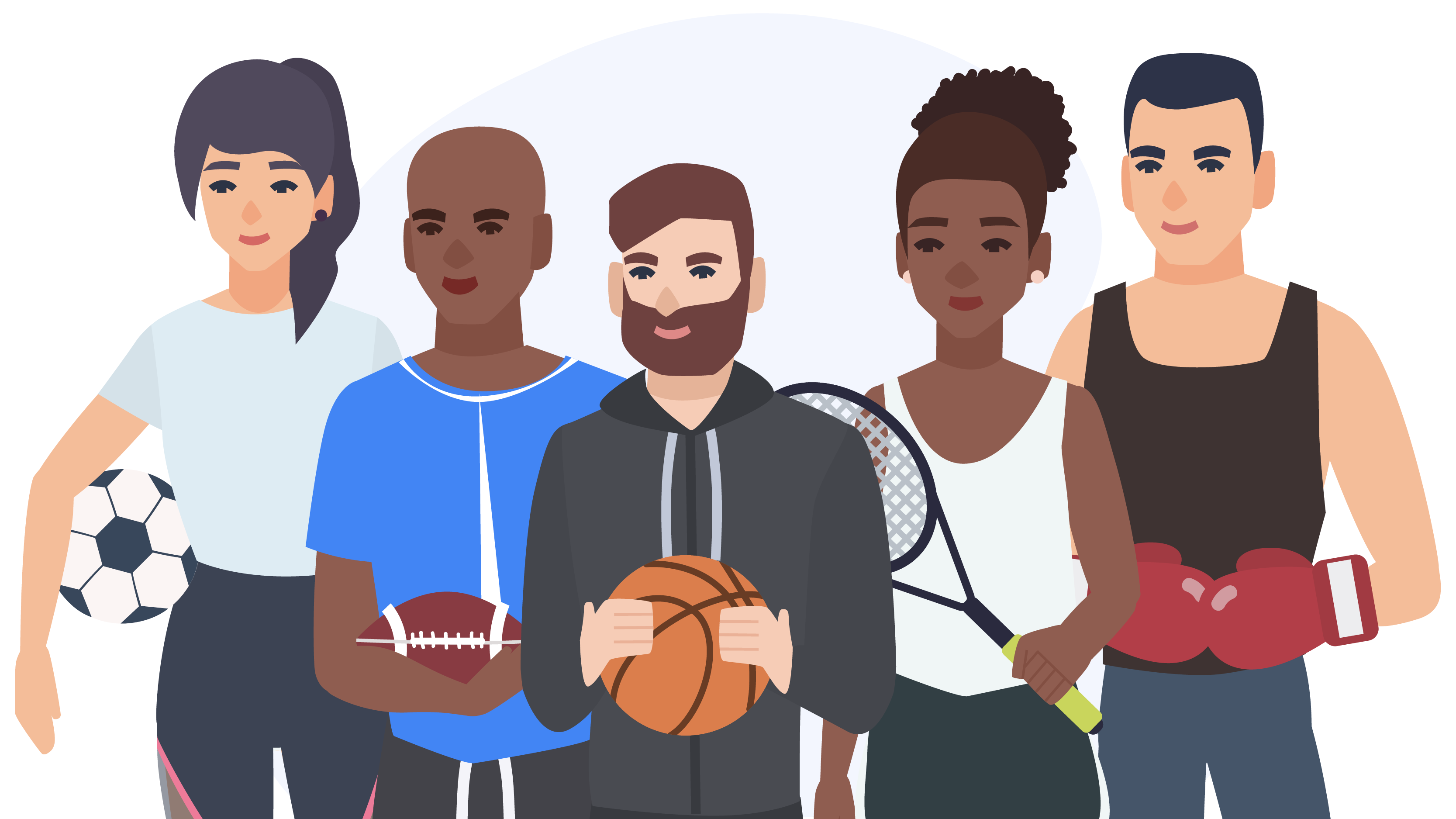
The team dynamic is equally vulnerable to the effects of unresolved conflict. When conflicts go unaddressed, they can fracture the trust and communication within the team, reducing cohesion.
EXAMPLE
In team sports like basketball or football, if two players have ongoing tension, it may affect the team’s ability to coordinate plays effectively. The lack of unity can lead to poor teamwork, with players prioritizing personal grievances over the team’s goals. This disunity often translates into losses in competition, as the team struggles to function as a cohesive unit under pressure. Additionally, a toxic team environment can cause a ripple effect, lowering overall team morale and increasing turnover as athletes may seek to leave or underperform due to the hostile atmosphere.Thus, addressing conflict swiftly and constructively is essential to maintaining both individual performance and a positive, collaborative team environment. Through effective communication and conflict resolution strategies, teams can prevent these issues from escalating and focus on achieving their collective goals.
Preventing conflict in sports involves proactive measures by coaches, leaders, and organizations to minimize the chances of disputes arising. One key approach is fostering emotional intelligence and promoting fair play among athletes. Coaches can encourage players to manage their emotions under pressure, teaching them to focus on self-control and sportsmanship. By emphasizing the importance of respecting opponents and officials, coaches create an environment where aggression and retaliation are less likely.
EXAMPLE
When a player faces a tough foul, a well-trained team will remain composed, knowing how to channel their frustrations into positive performance rather than letting tensions escalate.Sportsmanship initiatives, such as FIFA’s “Fair Play” campaign, are another effective way to prevent conflict. These programs stress the values of respect, fairness, and integrity, teaching athletes the importance of upholding these standards both on and off the field. Educational campaigns and workshops reinforce these messages, encouraging players to resolve disputes calmly and respectfully. Similarly, communication and emotional regulation training equips athletes with the skills to manage their emotions and respond constructively to challenging situations. Through workshops on conflict resolution, athletes learn de-escalation techniques, which can be especially useful in high-pressure games.
When conflicts do arise, conflict resolution in sports comes into play. Officials and referees help manage disputes during the game, using penalties, warnings, or ejections to control the situation. Their decisions can often diffuse tensions before they escalate into larger conflicts.
EXAMPLE
In basketball, a technical foul can serve as a warning to players to calm down, preventing further incidents.After a game, postconflict mediation helps resolve any lingering issues. Disciplinary committees may issue fines or suspensions, and apologies or statements can be made to repair damaged relationships.
EXAMPLE
In soccer, a postmatch review may result in sanctions for unsportsmanlike conduct, offering closure for the involved parties.Team-based conflict resolution addresses internal disputes, often through mediation, team meetings, or coaching interventions. When teammates clash over playing time or strategy, open discussions facilitated by coaches can resolve tensions and restore team unity. These interventions help maintain a collaborative environment and ensure that conflicts don’t disrupt team dynamics in the long term. By implementing these strategies, sports organizations, teams, and officials can effectively manage and resolve conflicts, maintaining a fair and respectful competitive atmosphere.
Ethical considerations play a role in how conflicts in sports are perceived, managed, and even promoted. There are several key areas where ethics intersect with sports conflicts, including the role of the media and the balance between sportsmanship and the desire to win at all costs.
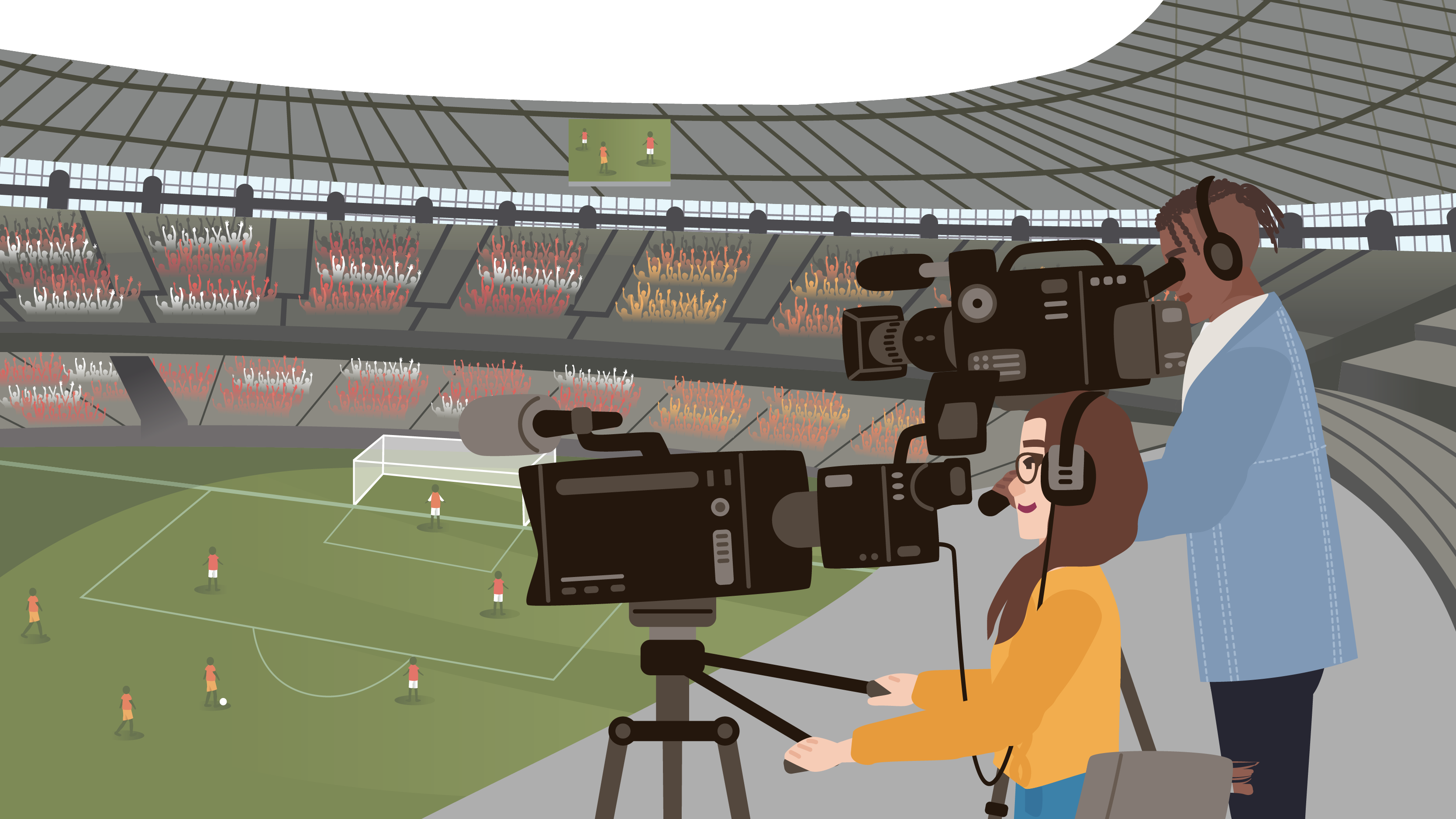
The media holds significant power in shaping public perception of sports conflicts. Journalists, commentators, and sports networks often highlight moments of tension, disagreement, or aggression, potentially fueling the intensity of conflicts. While the media’s role is to inform and entertain, their coverage can sometimes sensationalize incidents, leading to escalated rivalries, public outrage, or increased pressure on the athletes involved. Ethical media practices should aim to report on conflicts responsibly, focusing on fairness and context rather than amplifying controversy for the sake of viewership.
EXAMPLE
Excessive coverage of altercations between players can not only affect those athletes’ reputations but also influence fan behavior, contributing to hostility in and around sporting events.Another key ethical consideration in sports conflicts is the tension between sportsmanship and the drive to win. Athletes and teams are often caught in the dilemma of pursuing victory while maintaining respect and fairness on the field. The pressure to succeed, whether from fans, sponsors, or personal ambition, can sometimes push athletes toward unsportsmanlike behavior, such as deliberately fouling an opponent, bending the rules, or showing aggression. This raises ethical questions about the integrity of competition.
EXAMPLE
A soccer player faking an injury to gain an advantage may secure a short-term win, but at the cost of fairness and respect for the sport.Ethical sportsmanship requires athletes, coaches, and organizations to prioritize respect, fairness, and integrity, even if it means not winning at all costs.
By understanding these ethical dynamics, athletes, coaches, media professionals, and fans can make more informed decisions about how they approach conflicts in sports, ensuring that competition remains fair, respectful, and inspiring to those watching.
Source: THIS TUTORIAL WAS AUTHORED BY MARLENE JOHNSON (2019) and STEPHANIE MENEFEE and TRACI CULL (2024). PLEASE SEE OUR TERMS OF USE.